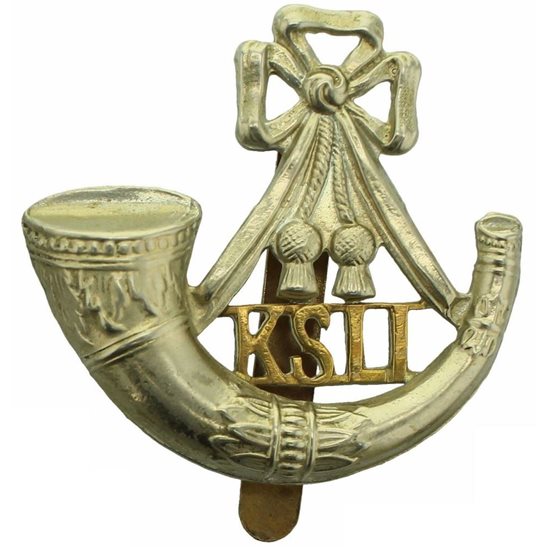Personal Details
Born: 14 August 1896 in Whitchurch, Shropshire.
Family: He was the eldest child born to John Birchall, a tailor, and his wife Rebecca (nee Wilkes). He married Olive May Green in Peterborough, Northamptonshire in Quarter 4 1937 and together they had 3 children – Peter D, Beryl J R and Martin W.
Residence: On the 1901 Census Douglas was living with his parents at 19 St. Mary`s Street, Whitchurch, Shropshire, the home of his uncle, Mr Richard Wilkes. He was living at the same address in 1911 and on one of his military records. However on another military document his address was given as 34 Livingstone Street, Chorlton on Medlock, Manchester, Lancashire. By 1939 he was living with his wife at 24 Abbey Road, Peterborough, Northamptonshire. At the time of his death his address was given as 58 South View Road, Walton, Peterborough.
Employment: The only evidence of any occupation yet found, was on the 1939 register where he was said to have been a waiter employed by the R.A.F. at Westwood, Peterborough.
Died: 23 January 1979 at 58 South View Road, Walton, Peterborough, aged 82.
Military Details
Regiment: Territorial Force, King’s Shropshire Light Infantry
Rank: Private
Service Number: 201413
Date of Enlistment: Not known
Date of Discharge: 17 January 1919
Reason for Discharge: Disembodied
Other Information: Whilst serving in the war Douglas seems to have been treated for malaria as well as conjunctivitis.
Douglas was awarded the Campaign Medals (British War Medal and Victory Medal).

The British War Medal (also known as 'Squeak') was a silver or bronze medal awarded to officers and men of the British and Imperial Forces who either entered a theatre of war or entered service overseas between 5th August 1914 and 11th November 1918 inclusive. This was later extended to services in Russia, Siberia and some other areas in 1919 and 1920. Approximately 6.5 million British War Medals were issued. Approximately 6.4 million of these were the silver versions of this medal. Around 110,000 of a bronze version were issued mainly to Chinese, Maltese and Indian Labour Corps. The front (obv or obverse) of the medal depicts the head of George V. The recipient's service number, rank, name and unit was impressed on the rim.
The Allied Victory Medal (also known as 'Wilfred') was issued by each of the allies. It was decided that each of the allies should each issue their own bronze victory medal with a similar design, similar equivalent wording and identical ribbon. The British medal was designed by W. McMillan. The front depicts a winged classical figure representing victory. Approximately 5.7 million victory medals were issued. Interestingly, eligibility for this medal was more restrictive and not everyone who received the British War Medal ('Squeak') also received the Victory Medal ('Wilfred'). However, in general, all recipients of 'Wilfred' also received 'Squeak' and all recipients of The 1914 Star or The 1914/1915 Star (also known as 'Pip') also received both 'Squeak' and 'Wilfred'. The recipient's service number, rank, name and unit was impressed on the rim.

